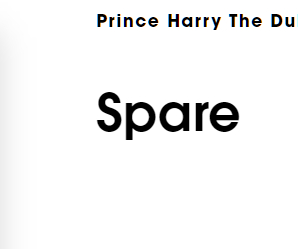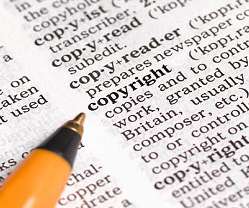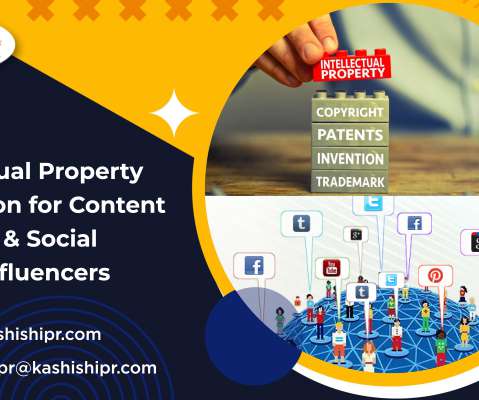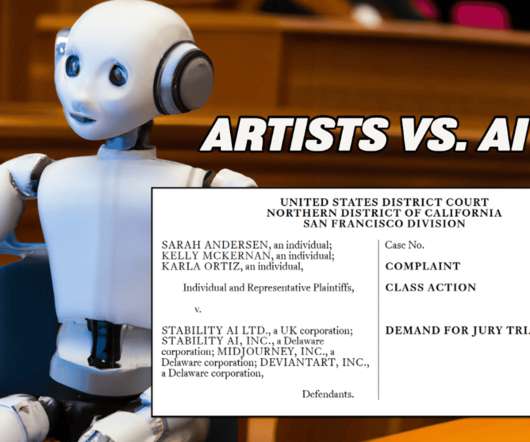Can We Reexamine the Role of Blockchain in Copyright Now?
Plagiarism Today
AUGUST 2, 2022
The issue got so bad that Cent, one of the largest marketplaces for NFTs, shut down nearly all NFT sales over “rampant” issues with copyright infringement and plagiarism. The mainstream reputation of NFTs was hopelessly trashed and, as the regular crypto market began to falter, the NFT market was especially hard hit.













Let's personalize your content